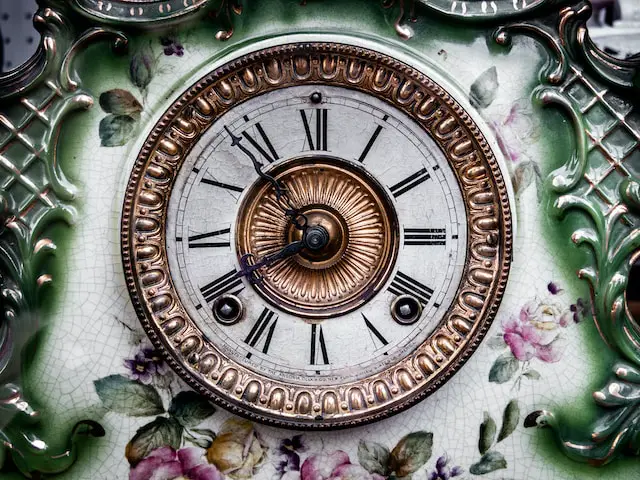Have you ever stopped to think about the origin of our modern-day numbering system? Mathematics has always been a part of human culture, and nowhere is this more evident than in Roman numerals. This ancient yet remarkably efficient system has survived for centuries, providing us with a distinct way to represent numbers.
Even though most people recognize Roman numerals when they come across them, few are aware of all the interesting facts related to them. In this blog post, we will explore some fun and fascinating facts about Roman Numerals that you may not have known before! So read on as we delve into exploring these intriguing symbols and uncover their secrets!

The Roman Numerals were developed over two thousand years ago by the ancient Romans
Over two thousand years ago, the ancient Romans were already well-versed in mathematics and needed an efficient way to represent large numbers. Thus, the Roman Numerals were born. Consisting of only seven symbols, this numeral system quickly became the standard way of writing numbers across the Roman Empire and even beyond.
Despite being phased out by modern number systems, Roman Numerals remain prevalent in modern society, especially in popular culture where they add a touch of sophistication and timelessness to various designs, logos, and even tattoos. Moreover, at UNRV, and other similar websites, you can find charts and converters to help you learn and use them. That way, you can learn everything from the basics of Roman Numerals to more advanced concepts.
Roman Numerals are written using letters of the alphabet, not numbers
Even though Roman Numerals have been around since ancient times, they still hold a certain mystique and elegance to them. Unlike our typical numerical system which uses numbers to represent values, Roman Numerals use letters of the alphabet.
This unique system was created by the ancient Romans and has stood the test of time, still being used today in certain situations. It may take a little bit of practice to understand and use properly, but once you get the hang of it, you’ll feel like you’ve unlocked a special code to decode ancient inscriptions.
Roman Numerals can be used to label things
Roman Numerals may seem outdated in our digital age, but they still have their uses today. These ancient numerical symbols can be used to label chapters in a book, making it easy to track your progress through the story.
Similarly, TV shows and movies often use Roman Numerals to designate seasons or sequels, helping to keep the continuity intact. Even your clock may display the time in Roman Numerals, adding a classic touch to your home decor. With their rich history and timeless elegance, Roman Numerals continue to be a versatile and practical tool in our modern world.
The basic symbols used in Roman numerals are I, V, X, L, C, D and M
Roman numerals are a fascinating way to represent numbers using a limited set of symbols. The basic symbols used in this system are I, V, X, L, C, D, and M, each with its unique value. The Roman numeral system was widely used in ancient Rome and is still used today in various applications, such as marking the hours on a clock face or representing the Super Bowl number.
Learning and using Roman numerals can be a fun and educational exercise that helps to enhance numerical skills while also introducing us to a piece of ancient history. Next time you come across Roman numerals, don’t be intimidated by them, embrace the challenge and enjoy the process of decoding their meaning.
There is no symbol for zero
Did you know that the concept of zero, or nothingness, has been around for thousands of years, but it was not until much later with the introduction of Arabic numerals that the zero symbol as we know it today came into existence?
Before Arabic numerals were introduced, calculations were done using Roman numerals which did not include a symbol for zero. Imagine trying to do complex mathematical equations without being able to represent the concept of nothingness! The introduction of zero greatly simplified mathematics and opened the door for countless discoveries and advances in the field.

In the end, Roman Numerals provide an interesting and unique way to label things. They are a significant part of our history, having been used thousands of years ago by the ancient Romans. With the basic symbols- I, V, X, L, C, D, and M – Roman Numerals have found their place in modern society by being used in everyday contexts such as labeling chapters in books or displaying time on clock faces.
Although there isn’t a formal symbol for zero in Roman Numerals, it was introduced much later with the Arabic numerals we use today. So why not take some time and get creative with Roman Numerals? Express yourself using these ancient symbols in your everyday life!









